'The End of the World' theme in Film
‘The World is Ending’ is a theme often found in films of the 50’s, 60’s and 70’s and has made a comeback in the recent decades due to deep set social fears of American film goers. The fear of death is amplified in film to excite, terrify and fascinate audiences. With war, famine, disease and crime right at each of our doorsteps the cinema has taken advantage of this fear to bring us to the theater in order to distract us from the realities of our time.
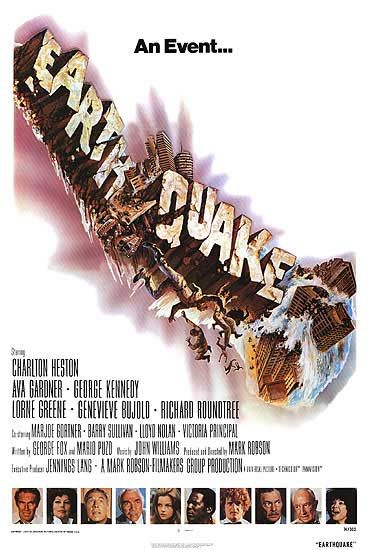
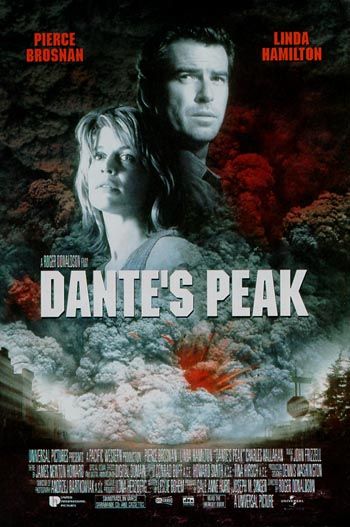
Mother Nature
Many of these apocalypse films are based off natural disasters. These films convey that through no fault of our own we are thrown into a perilous world, which as humans we must overcome. In a sense it gives filmgoers an ever-present enemy, Mother Nature. This theme is found heavily in Earthquake released in 1974 and directed by Mark Robson. The idea for the film came to executive producer Jennings Lang and Robson after the real life San Fernando Earthquake of February 9, 1971. Earthquake deals with the petty quivers and emotions of people in their everyday lives and shows that there is much more to be thinking about than whether or not you should leave your possessive wife.
Another natural disaster film is Dante’s Peak released in 1997 and directed by Roger Donaldson. Dante’s Peak is loosely based on the real-life eruption of Mount St. Helens in 1980. It is set in the fictional town of Dante’s Peak, Washington where volcanologist Dr. Harry Dalton, played by Pierce Brosnan, must find a way to evacuate the town while proceeding up to near the mountains peak in order to save two young children. These films plays on fears that no place is safe from natural disasters, whether it be the bustling city of Los Angeles in Earthquake or the rural town of Dante’s Peak.
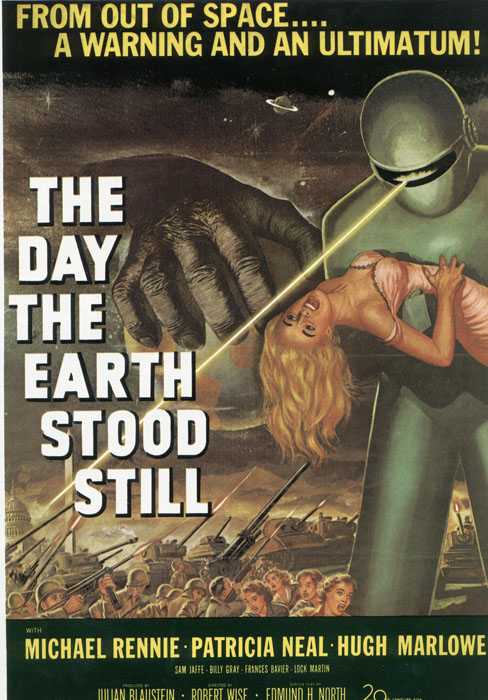
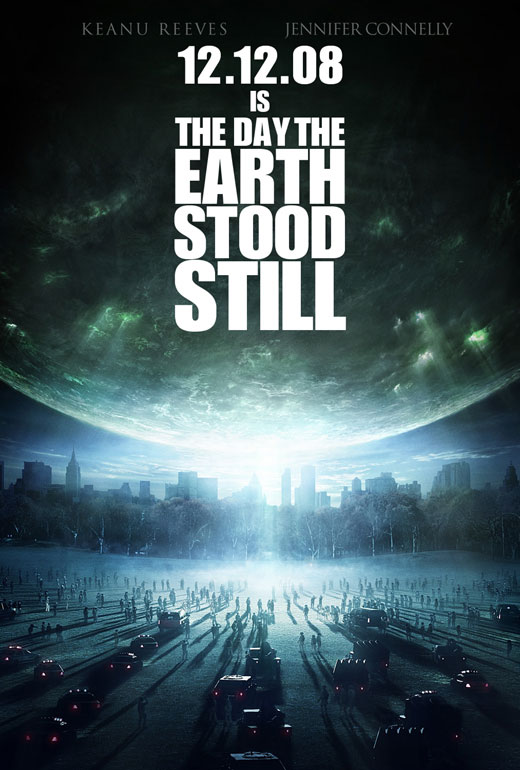
Out of this World
While Mother Nature may be brewing something menacing right under our feet, film makers never forgot to make us fear the sky as well. Outer space has given us more than one reason to be frightened of it. Extraterrestrial life is often the culprit in these films. With several remakes of the classics Invasion of the Body Snatchers (1956, 1978, 2007), The Day the Earth Stood Still (1951, 2008) and War of the Worlds (1953, 2005) there is a clear connection between the fears of half a century ago and today. This alien enemy is used by filmmakers to incite a sense of brotherhood in working towards common survival.
Aside from extraterrestrial life, outer space presents the possibility of celestial bodies bringing our demise. In Armageddon directed by Michael Bay and Deep Impact directed by Mimi Leder, both released in 1998, a meteor is the form of disaster. Often films of an otherworldly subject are high budget and contain extremely large scale special effects; Armageddon ’s budget was a little over $140 million. This high budget often entices many Americans into the theater because they want to see something larger than life, but usually at the expense of acting talent and sometimes a coherent plot.


Zombies, Ebola and RAGE... Oh My!
On a much smaller budget scale comes the epidemic film. This epidemic is often characterized with more or less, zombies. In Night of the Living Dead directed by George Romero as well as his many other “sequels” zombies have risen and eaten their way through humanity. These films insight nearly the exact opposite affect that celestial disaster movies do. Zombie films bring about the instinctual fear of self preservation, “no one else matters but me”. This is often seen in Zombie films such as in Land of the Dead directed by Romero and released in 2005 where the leader of the town kills one of his own guards by tossing him into the oncoming zombies in order to save himself.
In the film 28 Days Later directed by Danny Boyle and released in 2002, widely viewed as one of the best zombie movies of all time is not actually a zombie movie at all, the zombies are actually infected with a virus called RAGE . The main character, Jim, played by Cillian Murphy, depicts a very human response to the epidemic sometimes acting selfishly but always with his companions in mind. This brings a different element to the epidemic movie, usually considered to be single layered; 28 Days Later has many elements to its story.
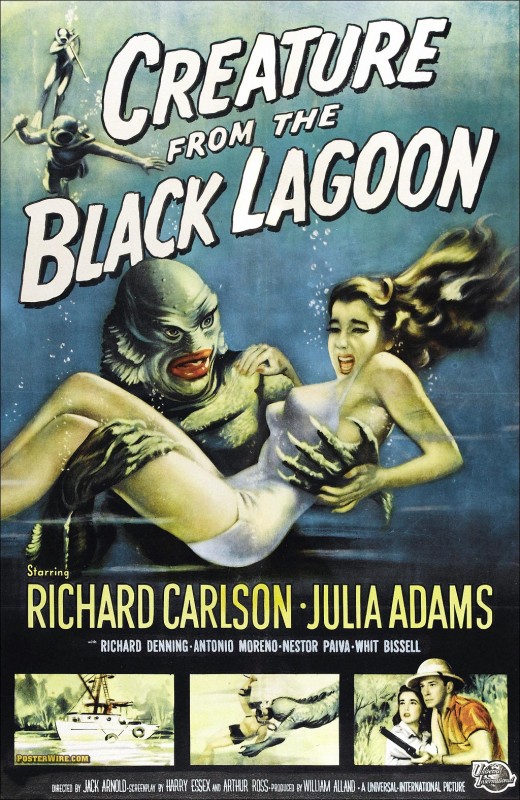
Please Don't Eat Us!
One of mans ever present fears is that he may be replaced as the top of the food chain. The most historic series of these types of films are the classic B-Monster movies of the 50’s. From the killer ants in Them directed by Gordon Douglas and released in 1954 to the creature in Creature from the Black Lagoon directed by Jack Arnold and released in 1954. These movies play upon man’s primal fears, setting us back thousands of years to when our ancestors had to literally fight for survival. This theme arrived again recently in the 2005 release of the South Korean film The Host directed by Bong Joon-ho. As in many other monster movies it is up to the protagonist to save the damsel in distress, as in The Host’s case it is Park Gang-du who must save his abducted daughter, Hyun-seo. These films give audiences the rare opportunity to connect with the monster, as more often than not, the monster is simply a mindless man made horror; making humans the true monster.
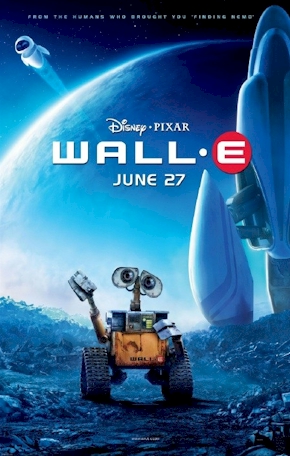
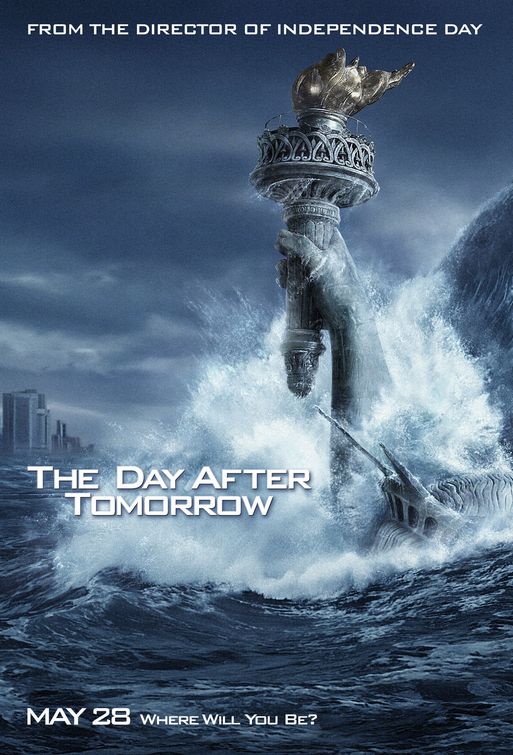
Oh, Wait, We're the Bad Guys
In cinema filmmakers have often created enemies that as the human race we must overcome, but in some apocalypse movies it is ourselves that are the enemy. Global warming is usually the end result of man’s pettiness in these films. The film ‘The Day After Tomorrow’ directed by Roland Emmerich and released in 2004 is based off the possibility of disaster if global warning continues. To a lesser more subtle degree the film ‘The Birds’ directed by Alfred Hitchcock and released in 1963 is a comment on pollution. In the film it is suggested that the birds were poisoned in some way. In real life there have been cases of birds going insane after plankton in the ocean release the chemical domoic acid which happens when they are exposed to urea, often from spilled septic tanks.
These disasters are not all limited to large scale live action films, even Disney has commented on man’s ability to destroy itself. In its filmWall-E directed by Andrew Stanton and released in 2008 humans have abandoned their decimated desert of a planet for the safety and luxury of their spaceship. Even Disney saw the trend in films and was able to not only create a successful film around it but make a social commentary as well.
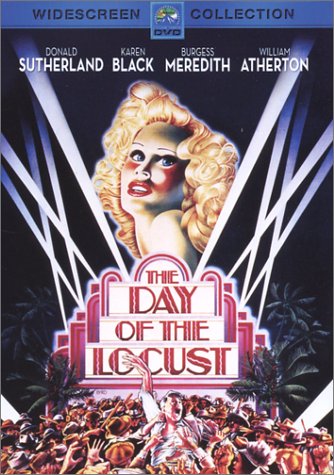
Film is Scary, Hollywood Even More So
American filmgoers are near obsessed with their own destruction being played out before them on screen and as such it is no surprise in the movie The Day of the Locust directed by John Schlesinger and released in 1975 vignettes are presented to show the sheer horrors of Hollywood. In the end of the film there is a movie premiere at the well known Chinese Theater. In this scene the audience becomes an angry mob showing that if filmgoers are so obsessed with these disasters that ultimately they themselves will bring it down on their heads.
With a seemingly endless amount of ways for the world to end it is no surprise there has been no shortage of films depicting it. With common American fears of annihilation being depicted on the screen we can, in a way, cope with what may become of us. On screen where ‘The End’ is played before us, as film goers we can rest assured that the film itself will end and we shall continue








